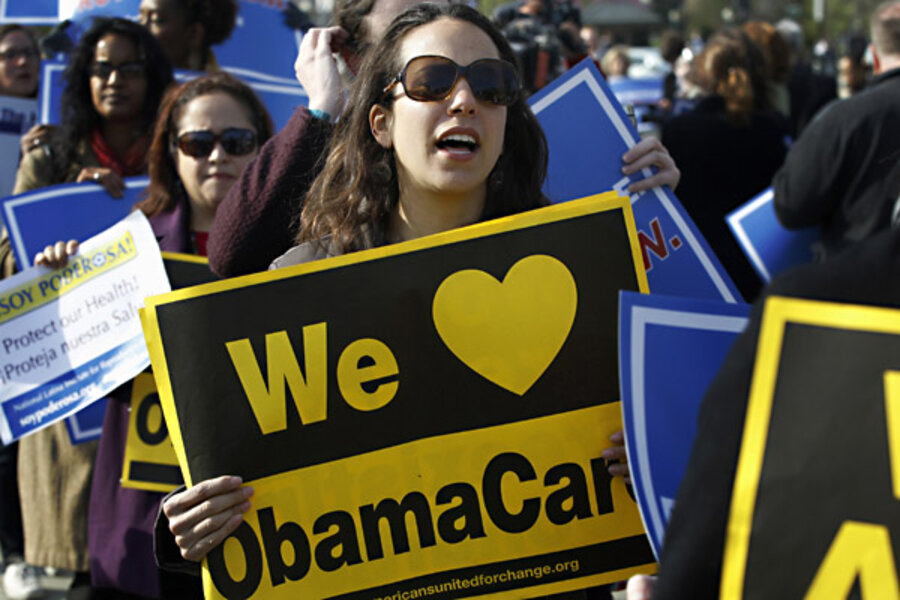How will the Supreme Court's health-care ruling affect taxes?
Loading...
There is more to the Affordable Care Act than the individual mandate. There are also, for example, taxes. And since this is TaxVox, I thought it would be useful to think about some of those revenue provisions in the wake of the Supreme Court’s three-day hearing on the fate of the ACA.
The law includes both tax increases and tax cuts. Even if the controversial individual mandate is struck down, most of those tax changes would survive—unless, of course, the High Court grants the law’s critics their fondest wish and kills the entire act.
The only tax—if it is a tax at all—that relates directly to the mandate is the penalty people would owe for failing to buy insurance. Whatever High Court does to the mandate, it will be interesting to learn whether the justices decide this levy is in fact a tax or a penalty. The Obama Administration is firmly on both sides of this question, as are the opponents of the law.
The ACA also includes some important tax cuts—generous credits aimed at subsidizing small businesses that buy insurance for their employees. You might not know these tax cuts are in the law given the $1 million-plus the National Federation of Independent Business reportedly paid for legal and other fees to challenge the ACA, but they are there nonetheless.
Query: Does it make sense to maintain the subsidy if the Court rejects other key elements of insurance reform? I’m sure the NFIB will say so.
Finally, the law includes several tax increases, including a new excise tax on high-value employer sponsored health plans (starting in 2018) and a provision that makes it tougher for people to itemize deductions for their medical costs.
Two other tax increases are worth noting. They are often labeled hikes in the Medicare payroll tax, although the biggest has nothing to do with either Medicare or payrolls.
The first is a 0.9 percent increase in the Medicare wage tax for high-income workers. This would help finance the senior health system. The second is a new 3.8 percent tax that high-income households will have to pay on income from investments and other non-wage sources. Sometimes called a Medicare surtax, its real purpose is to bankroll some of the costs of the ACA.
In a new study, the Tax Policy Center finds that the new taxes would indeed hit very high-income households–some quite hard. Combined, in 2013 the two new levies would raise taxes for households making between $500,000 and $1 million by an average of about $4,600 and boost taxes for those making at least $1 million by more than $41,000. These estimates are relative to current law, where the 2001/2003 tax cuts expire at the end of 2012.
These taxes will hit incomes in excess of $250,000 for couples ($125,000 for singles). But because that threshold is not indexed for inflation, the number of households facing these taxes will nearly double over the next decade, from 2.4 percent of all taxpayers in 2013 to 4.6 percent in 2022.
Don’t forget about these tax provisions. Even if the Supreme Court leaves all them untouched, I suspect we have not heard the last of them.





